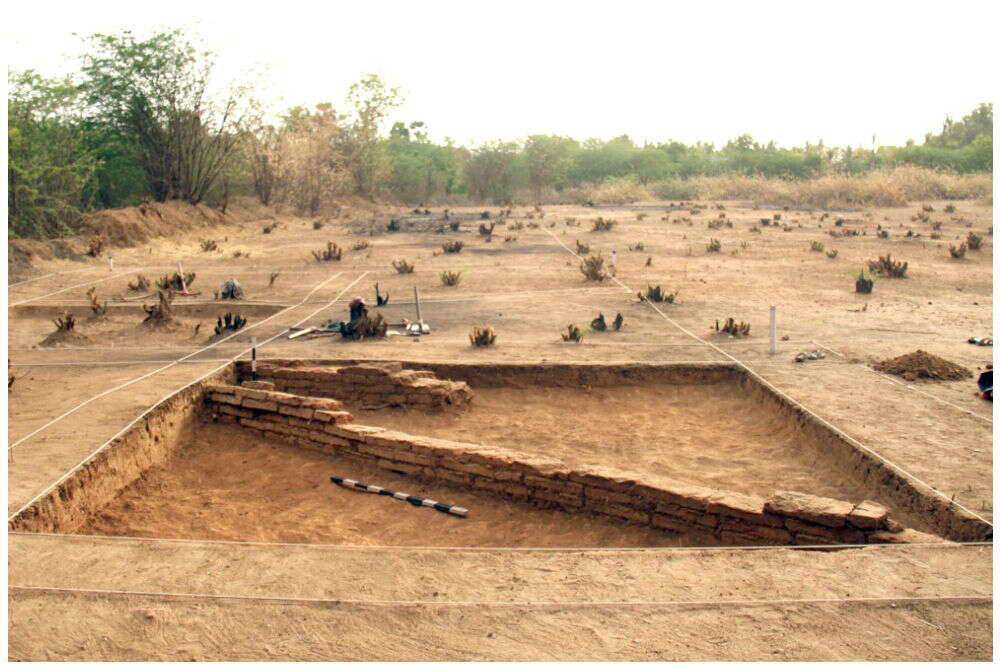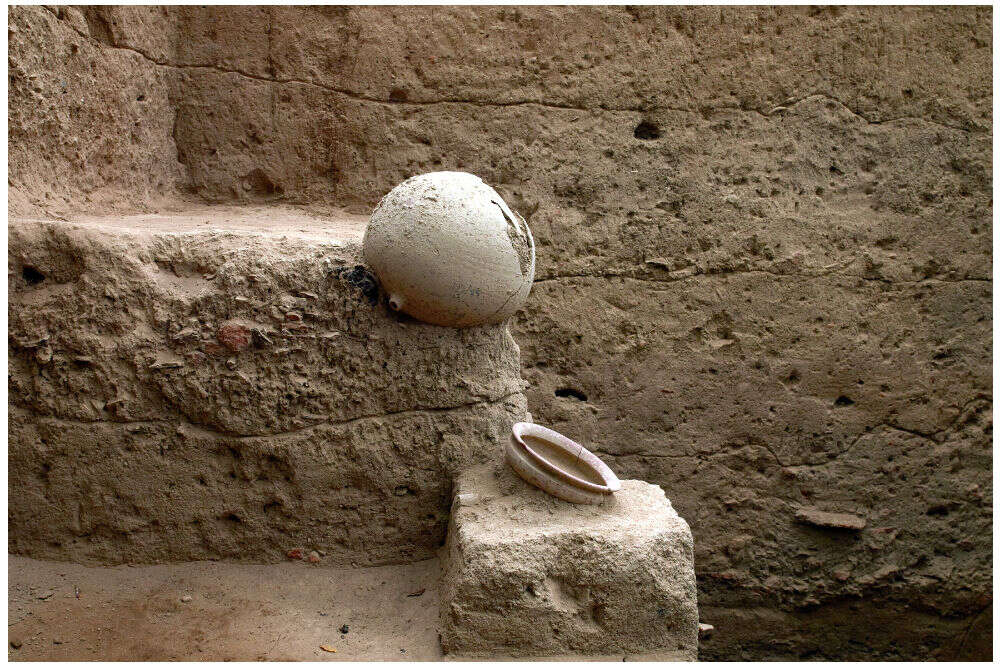Keezhadi excavation in Tamil Nadu leads to a major discovery
Times of IndiaTimes Travel Editor/TRAVEL NEWS, TAMIL NADU/ Created : Sep 25, 2019, 11:00 IST
You're Reading
Synopsis
Recently, an excavation was carried out in Keezhadi village of Sivagangai district in Tamil Nadu where archaeologists have made some major discoveries which will add to the Indian history pages. As per historians, the artefacts u … Read more
Recently, an excavation was carried out in Keezhadi village of Sivagangai district in Tamil Nadu where archaeologists have made some major discoveries which will add to the Indian history pages. As per historians, the artefacts unearthed in the region have a possible link between the scripts of the Indus Valley Civilisation and Tamil Brahmi (language). Read less

Recently, an excavation was carried out in Keezhadi village of Sivagangai district in Tamil Nadu where archaeologists have made some major discoveries which will add to the Indian history pages. As per historians, the artefacts unearthed in the region have a possible link between the scripts of the Indus Valley Civilisation and Tamil Brahmi (language).
The discovered samples displaying graffiti belong to 580 BCE, which is believed to be the link between the Indus script and the Tamil Brahmi.

The report, explaining the importance of the findings mentions that “Among the available scripts of India, the Indus scripts are considered to be the earliest one and were 4500 years old. One kind of script that survived between the disappearance of Indus script and the emergence of Brahmi script is called as graffiti marks by the scholars. These graffiti marks are the one evolved or transformed from Indus script and served as a precursor to the emergence of Brahmi script. Therefore, these graffiti marks cannot be set aside as mere scratches. Like Indus script, this also could not be deciphered till date”.
In the recent discovery it was also found that Tamil-Brahmi belongs to another century altogether, which is the 6th century BCE. The report also mentions that they learned the writing art back in the 6th century BCE. To sum it up, the Sangam era, marking the social and cultural developments in Tamil Nadu, must be older than 300 BCE.

Refrain from posting comments that are obscene, defamatory or inflammatory, and do not indulge in personal attacks, name calling or inciting hatred against any community. Help us delete comments that do not follow these guidelines by marking them offensive. Let's work together to keep the conversation civil.
closecomments
Refrain from posting comments that are obscene, defamatory or inflammatory, and do not indulge in personal attacks, name calling or inciting hatred against any community. Help us delete comments that do not follow these guidelines by marking them offensive. Let's work together to keep the conversation civil.
Visual Stories






Popular Galleries
Trending Stories
Assam: Here’s how Majuli is preserving nature, culture and tradition
IRCTC introduces ‘Economy Meals’ at just INR 20 at 100 railway stations!
Now all domestic flights in Lucknow will operate from Terminal 3
Six must-do experiences to include on your next Alaskan cruise!
Sikkim: 5 things that make Pelling an incredibly popular tourist town





















Comments (0)